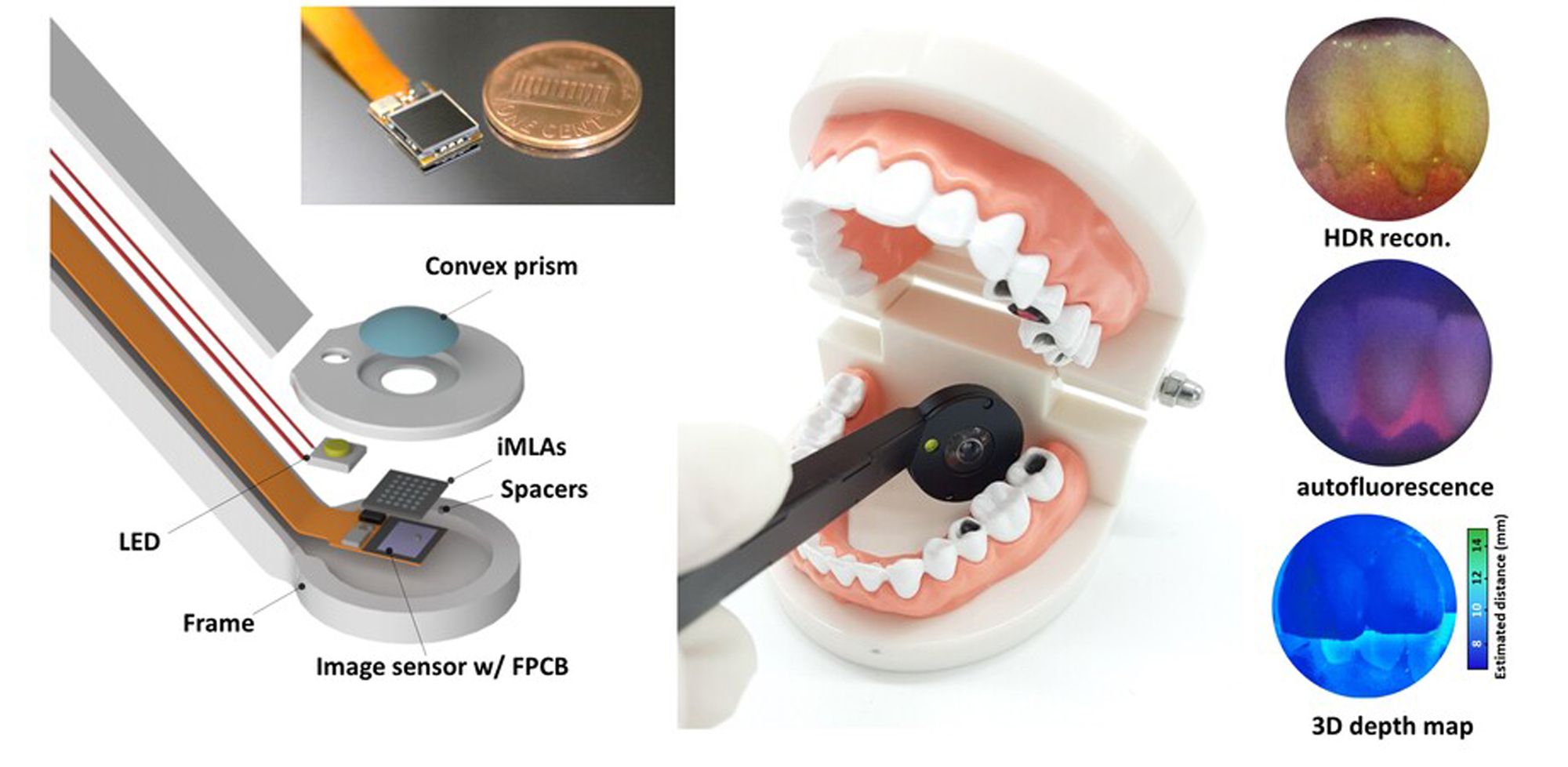Researchers From Korea Advanced Institute of Science and Technology Develop Insect-Eye Intraoral Camera
Inspired by insect eyes, this intraoral camera uses convex-concave lens to widen the depth of field and gather accurate imaging for dental professionals.
Researchers From Korea Advanced Institute of Science and Technology Develop Insect-Eye Intraoral Camera

Researchers from Korea Advanced Institute of Science and Technology and Korea Photonics Technology Institute have developed an ultrathin wide-angle insect eye camera for functional imaging. This biologically inspired intraoral camera (BIOC) is inspired by insect eyes that have a wide viewing angle and a large depth of field comprised of many tiny lenses, according to a press release from The International Society for Optics and Photonics.
This intraoral camera has a convex-concave lens, an inverted microlens array, and a single CMOS image sensor all on a single handpiece holder. This new camera is said to have a wider depth of field because of its convex-concave lens and an ultrathin design that enhances patient comfort for patients.
The BIOC can supply high dynamic range, 3D depth, and autofluorescence imaging. Researchers hope to expand this biomedical system in the future for other applications outside of dentistry.
This research was first reported in the Journal of Optical Microsystems.